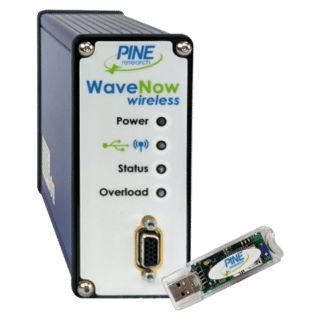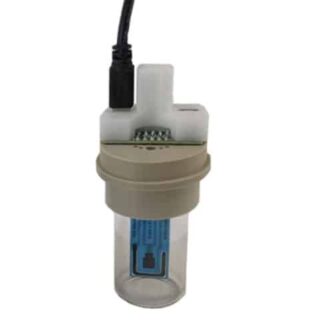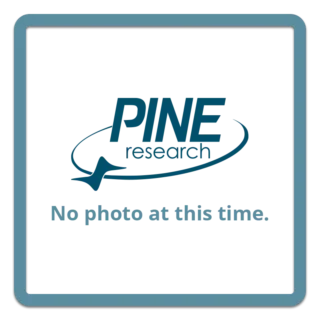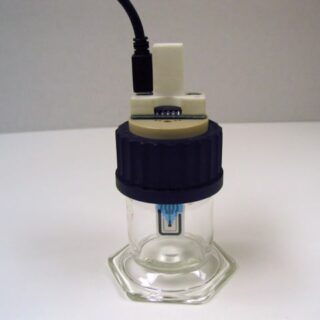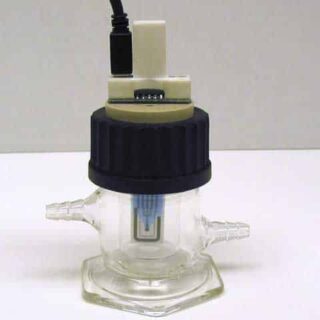Screen-Printed Electrodes, Carbon (C), 4 × 5 mm, 50-pack
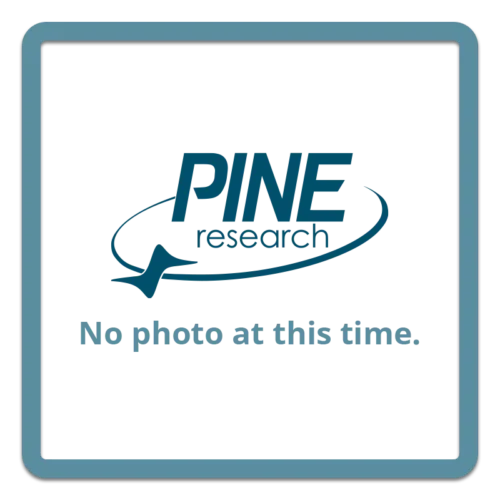
These low-cost, screen-printed electrodes (SPEs) are suitable for use in the teaching laboratory, biosensor development, and some electroanalytical applications, such as electrochemical measurements within a glovebox. These SPEs are fabricated using the same technology found in most blood glucose sensors. The electrode pattern includes a carbon working electrode, a carbon counter electrode, and a silver/silver chloride (Ag/AgCl) reference electrode. The substrate is polyethylene terephthalate (PET) and the traces are insulted with a proprietary dielectric insulating material. These electrodes incompatible in non-aqueous solvents. These electrodes have a short lifetime, subject to how they are used in with what chemistry. If you do not already have it, the Screen-Printed Electrode Cell Starter Kit is required to interface these SPEs to a potentiostat.
Customers must be logged into their account to view prices. Not all regions provide pricing online. If you do not see prices, you can obtain them from the designated sales channel in your region.

